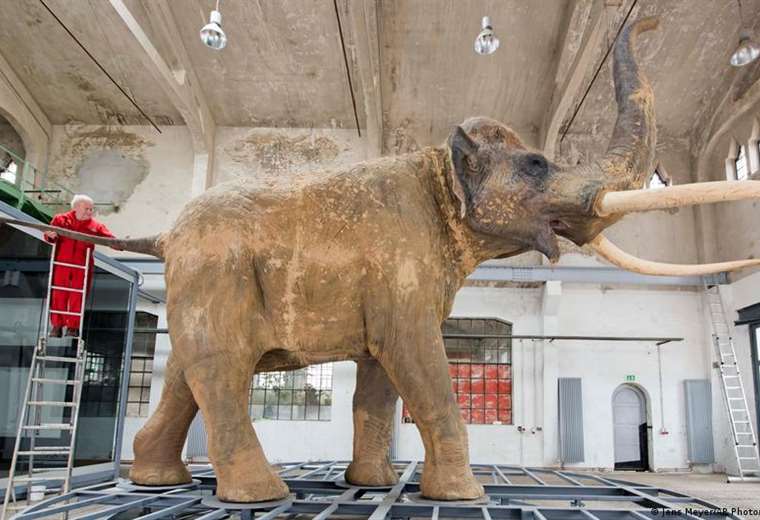August 31, 2022, 10:03 AM
August 31, 2022, 10:03 AM
The finding corresponds to a straight tusked elephant (Palaeoloxodon antiquus), found near Kibbutz Revadim, in the southern plain of Israel.
The discovery “sheds new light on the fascinating life of prehistoric humanity,” said the Israel Antiquities Authority (IAA), whose archaeologists, paleontologists and conservators have analyzed the find together with specialists from Tel Aviv University and the University of Israel. Ben Gurion of the Negev.
It’s about a tusk “exceptionally well preserved” because it was hidden underground for hundreds of thousands of years, showing that giant elephants roamed and grazed the prehistoric landscape of what is now Israel’s southern coastal plain, close to the Negev desert.
Dr. Eitan Mor, a biologist from Jerusalemwas the first person to discover the fossil when he visited the area out of curiosity after reading about prehistoric elephants: “To my surprise, I saw something that looked like a large animal bone sticking out of the ground. When I looked closer, I realized it was real,” he says.
Mor was quick to report the find to the Antiquities Authority, which launched an intensive two-week excavation called “Operation Elephant.”
“From our previous archaeological excavations at Revadim, we knew that the site was established in the Late Lower Palaeolithic period, as we recover stone and flint tools, as well as animal bone remains, including elephants, but finding a tusk in such good condition is something else,” said AAI prehistorian Avi Levy.
According to Levy, it is the “largest complete fossil tusk found in the Middle East.”
That species of elephants with straight tusks, which was present in few places and was larger than the current African elephant, it became extinct 400,000 years ago and appeared around 800,000 years ago in the regionwhere it lived with other large mammals, such as wild cows, hippopotamuses, deer, wild boars and wild horses.


















